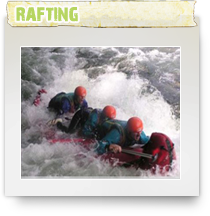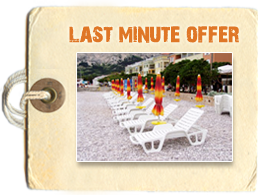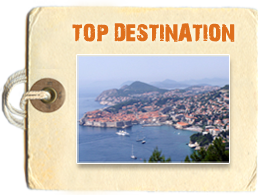
Rafting as a mode of transport up and down waterways also has a long tradition in Croatia. However, white-water rafting as a modern form of adventure began only in the late 1980s, and served to attract notice to the amazing beauty of Croatian rivers, which up until that time was known only to relatively few kayaking adventurers and fishermen. The founders of the Riverfree Club, pioneers of commercial trips through the rivers and experts on the waterways of Croatia, did not anticipate the subsequent level of interest and the resulting popularity of rafting on rivers which do not abound with savage rapids and high waves. Nevertheless, thousands of people have since enjoyed their close encounters with the unforgettable magic of rivers, of green river banks, sheer canyons and crystal-clear depths. Rivers in the continental parts of the country are flanked by dense forests and by mountains, while those closer to the sea boast broad green banks and deep and shady mysterious canyons. What they all have in common is greenish clear waters that one can see through right down to the river bed. The classification of difficulty of Croatia’s white waters is, on average, category III; only on the Rivers Dobra and Una can you count on category IV waters.
River Kupa flows from the Risnjak National Park, flowing between forest-covered mountain slopes and rich valleys, but offering sufficient water for rafting only in spring and after heavy rainfalls.
River Dobra has a surface course and an underground course and offers first class rafting conditions at all times because dams and accumulation lakes permit a sufficient flow through of water.
River Mrežnica abounds with waterfalls, but between them the water flows calm. Rafting through the upper, canyon course involves elements of canyoning.
River Korana issues from the Plitvice lakes. After heavy rains and when snow melts the section below the picturesque site of Rastoke, and downstream through the canyon, is particularly attractive.
River Una, which forms the border between Croatia and Bosnia, provides excellent rafting conditions downstream of the 20 metre-high Štrbački buk waterfall, when the waters are running high, although the experience is somewhat less exciting when water levels fall.
River Zrmanja abounds with water in springtime, while in summer smaller craft - canoes and kayaks - must be used to travel this, the most beautiful of Croatian canyons.
River Krka can be negotiated through the upper part of the national park due to the inflow from its tributary, the River Butišnica, which is controlled by a dam. Rafting is the only way to really get to know this undisturbed area of the park, and the only place where a detour by land is necessary is the 12 metre-high Bilušića buk waterfall.
River Cetina waters are directed via a tunnel towards a power plant on the coast, which means that there is not much water for rafting in its natural canyon bed. The experience is still worth undertaking if only because of thick and lush vegetation along its banks, the clear waters, high cliffs, waterfalls and caves.
Equipment:
Rafts utilised on Croatian rivers are built of sturdy, resistant materials with good mobility properties. Organized rafting arrangements include a skipper and personal gear for every crew member: life jacket, neoprene suit and footwear, helmet and an oar. Rafting is not recommended on rivers, or sections of rivers, which abound with narrow passages and other risk-laden features, or across fragile limestone waterfall barriers.





